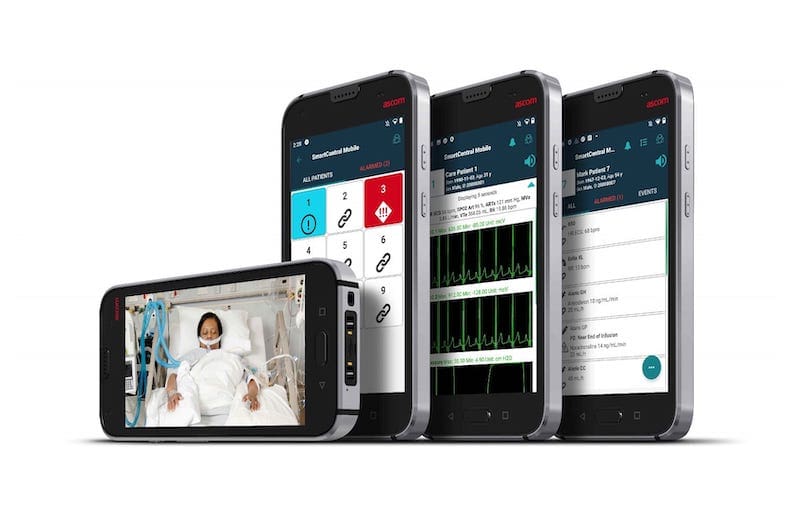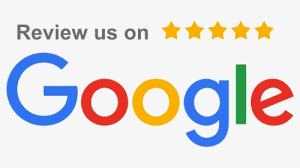
This article is adapted from an entry in 24×7 Mag by Kelly Feist, Managing Director at Ascom Americas
Hospital leaders are embracing technology, but many are not harnessing its potential as a holistic clinical communication and workflow strategy, exemplified by mobility with messaging capabilities.
As these leaders grapple with an increasingly complex patient population and an unprecedented nursing shortage, now is the time for them to assess how they can leverage their clinical communication tools to meet several goals: better patient outcomes, reduced costs, and higher patient and nurse satisfaction.
Ascom recently surveyed more than 500 U.S. nurses about their career satisfaction, job drawbacks, and the influence technology has had on their profession. The results revealed the growing importance of technology, influencing how they care of patients and even where they choose to work.
Nurses Need Mobility With Messaging
In Ascom’s survey, the No. 1 thing nurses suggest technology can do to better support them in their positions is help them be more efficient and spend more time with patients. Smartphones optimized for acute care environments can help by giving nurses critical patient data at-a-glance, from critical events to actionable notifications.
Nurses using clinical workflow software can view near real-time data acquired from medical devices like infusion pumps, monitors, and ventilators directly on their smartphone through medical device integrations. Different types of events can be routed to an appropriate caregiver with designated backups so no alert goes unanswered. For example, a request for water goes to the patient care technician, as opposed to a ventilator alarm, which goes to the primary nurse or a respiratory therapist.
Evolving Traditional Nurse Call
While there are many medical devices designed to help nurses, more than one-third of respondents in the survey say that nurse call is the No. 1 technology tool needed to do their jobs well. The ability to see specific patient details keeps nurses informed when responding to patient requests, and next-generation nurse call solutions offer a comprehensive view of a patients’ status that goes well beyond traditional nurse call.
Modern nurse-call tech innovations include:
- Patient response systems that capture and share information from multiple sources to reduce response times and empower patients to control their own environment
- Streamlined documentation for fast updates to EHR/EMR systems to help reduce duplication and leave more time for direct patient care
- Voice integration so nurses can quickly access translation services or call the patient’s family for consultation
Looking Forward
With the proliferation of big advancements in imaging and electronic medical records, the healthcare space must focus on using technology to benefit the direct care providers by improving their workflows. As hospitals compete for nursing talent, they must consider the rapidly changing working environment nurses are operating in and address it by continually keeping their pulse on the drawbacks and attractors–both at the industry level and in their workplace.
Book a free consultation to see if the B&B’s Ascom Unite Suite is right for you.

Leave a Reply